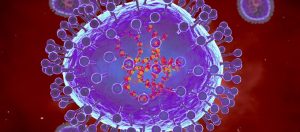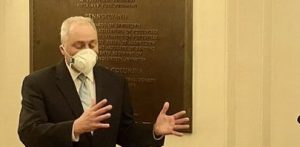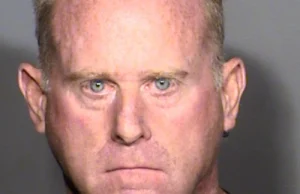A new coronavirus variant, more contagious and feared to have developed anti-vaccine measures, is behind India’s deadly second wave, the World Health Organisation‘s chief scientist has said.
In an interview with AFP on Saturday, Soumya Swaminathan said that “the epidemiological features that we see in India today do indicate that it’s an extremely rapidly spreading variant.”
India on Sunday registered over 400,000 daily cases for the fifth time in a week, while also logging over 4,000 fatalities for the second consecutive day. However, experts believe the official tally is a gross underestimate, with actual cases and deaths far exceeding the 22.3 million and nearly 243,000 reported so far respectively.
Also Read | PM Modi’s actions during India’s COVID crisis ‘inexcusable’: The Lancet
The country is overwhelmed with cases spiralling out of control, which has left its healthcare system crippled as hosptials struggle to deal with the constant influx of new cases.
A paediatrician and clinical scientist, Swaminathan said that the B.1.617 variant of the coronavirus, first detected in India in OCtober last year, had clearly contributed to the country’s COVID crisis.
“There have been many accelerators that are fed into this,” she said, adding that the “more rapidly spreading virus is one of them”.
The WHO had recently listed B.1.617 as a “variant of interest”. The health watchdog, however, stopped short of terming the mutated version, which has a number of sub-lineages with slightly different characteristics, as a “varant of concern”, which would have indicated that it is more dangerous than the original coronavirus.
Also Read | ‘CARONAA’ and ‘COVVIYD-19’: Andhra man’s bizarre numerology-based cure for pandemic
Several national health authorities, including in the United States and Britain, have meanwhile said they consider B.1.617 a variant of concern, and Swaminathan said she expected the WHO to soon follow suit.
“B 1.617 is likely to be a variant of concern because it has some mutations which increase transmission, and which also potentially could make (it) resistant to antibodies that are generated by vaccination or by natural infection,” she said.
However, she said that the virus alone could not be blamed for the explosion in cases, highlighting the “huge social mixing and large gatherings” in recent months.
Mass election rallies held by Prime Minister Narendra Modi and other politicians have for instance partly been blamed by some for the staggering rise in infections.
But even as many in India felt the crisis was over, dropping mask-wearing and other protection measures, the virus was quietly spreading.
Also Read | COVID positive report not mandatory for hospitalisation: Here’s what new guidelines say
“In a large country like India, you could have transmission at low levels, which is what happened for many months,” Swaminathan said.
“It was endemic (and) probably gradually increasing,” she said, decrying that “those early signs were missed until it reached the point at which it was taking off vertically.”
“At that point it’s very hard to suppress, because it’s then involving tens of thousands of people and it’s multiplying at a rate at which it’s very difficult to stop.”
As India is looking to ramp up its vaccination drive to curb the spread, Swaminathan warned that vaccines alone will not be enough to get the situation under control.
Also Read | DRDO’s 2-DG drug approved for COVID patients. All you need to know
She highlighted that the country has only managed to inoculate two percent of its more than 1.3 billion population.
“It’s going to take many months if not years to get to the point of 70 to 80% coverage,” she said, adding that “for the foreseeable future, we need to depend on our tried and tested public health and social measures” to bring the pandemic under control.
India’s outbreak also increases the chances of the emergence of new and potentially more dangerous variants, Swaminathan said.
“The more the virus is replicating and spreading and transmitting, the more chances are that… mutations will develop and adapt,” the 62-year-old said.
“Variants which accumulate a lot of mutations may ultimately become resistant to the current vaccines that we have. That’s going to be a problem for the whole world.”






